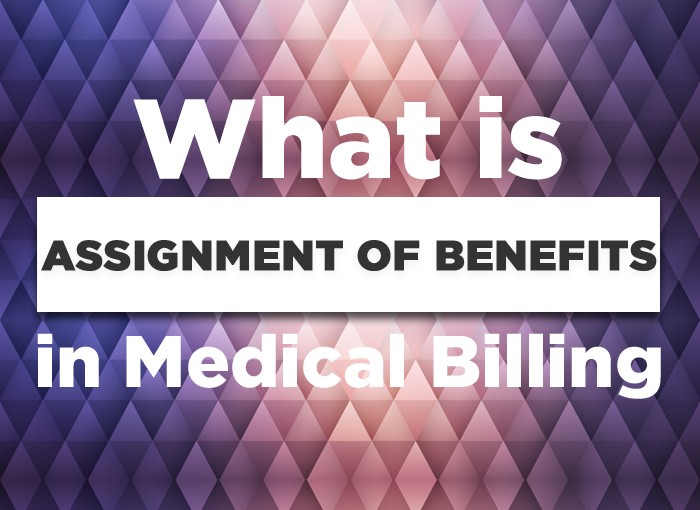Assignment of Benefits Form – A Comprehensive Guide
Welcome to our comprehensive guide on the assignment of benefits form. In this article, we will provide you with detailed information on what an assignment of benefits form is, how it works, and why it is important. We aim to help you understand the concept and navigate through the process with ease. So, let’s get started!
Understanding the Assignment of Benefits Form
The assignment of benefits form, also known as an AOB form, is a legal document that allows an insured individual to transfer their rights to receive insurance claim payments to a third party. This third party can be a medical provider, contractor, or any other service provider involved in the provision of services covered by the insurance policy.
By signing the assignment of benefits form, the insured individual authorizes the third party to directly bill and collect payments from the insurance company on their behalf. This means that the third party is entitled to receive the insurance claim proceeds directly, eliminating the need for the insured individual to handle the reimbursement process.
How Does the Assignment of Benefits Form Work?
When an insured individual signs an assignment of benefits form, they are essentially transferring their rights to the third party. This allows the third party to step into the shoes of the insured individual and handle the insurance claim process directly. The third party can then submit the necessary documentation and communicate with the insurance company on behalf of the insured individual.
Once the insurance claim is approved, the insurance company will issue the payment directly to the third party listed on the assignment of benefits form. The third party can then collect the payment and use it to cover the cost of the services provided to the insured individual.
Importance of the Assignment of Benefits Form
The assignment of benefits forms plays a crucial role in streamlining the reimbursement process for insured individuals. It offers several benefits, including:
Convenience:
By assigning benefits to a third party, insured individuals can avoid the hassle of dealing with insurance paperwork and reimbursement processes.
Timely Payments:
The third-party can expedite the payment process by directly communicating with the insurance company, ensuring prompt receipt of funds.
Access to Quality Services:
Insured individuals can choose service providers who require the assignment of benefits, ensuring access to high-quality services without upfront payment.

In conclusion, the assignment of benefits form is a powerful tool that simplifies the reimbursement process for insured individuals. By signing this form, they can transfer their rights to a third party, allowing them to handle the insurance claim process directly. This not only offers convenience but also ensures timely payments and access to quality services. If you are considering using an assignment of benefits form, make sure to consult with your insurance provider and understand the implications before proceeding.
Assignment of Benefits Form FAQs
1. What is an Assignment of Benefits form?
An Assignment of Benefits form is a legal document that allows an insured person to transfer their rights to receive insurance payments directly to a healthcare provider or another party.
2. Why is an Assignment of Benefits form necessary?
An Assignment of Benefits form is necessary to ensure that healthcare providers receive direct payment from the insurance company, rather than relying on the insured person to pay them and then seek reimbursement.
3. Who can sign an Assignment of Benefits form?
Typically, the insured person is the one who signs the Assignment of Benefits form. However, in some cases, a legal guardian or authorized representative may sign on behalf of the insured person.
4. Can an Assignment of Benefits form be revoked?
Yes, an Assignment of Benefits form can be revoked by the insured person at any time. They can do so by providing written notice to the insurance company and the healthcare provider.
5. Is an Assignment of Benefits form required for every healthcare service?
No, an Assignment of Benefits form is not required for every healthcare service. It is typically used for ongoing treatments or services where the insured person wants the insurance payments to go directly to the healthcare provider.
6. Can an Assignment of Benefits form be used with any type of insurance?
An Assignment of Benefits form can be used with various types of insurance, including health insurance, dental insurance, and vision insurance.
7. Are there any risks associated with signing an Assignment of Benefits form?
There can be risks associated with signing an Assignment of Benefits form. It is important to carefully review the terms and conditions of the form and understand the potential implications before signing.
8. Can an Assignment of Benefits form be submitted electronically?
Yes, many insurance companies and healthcare providers accept electronically submitted Assignment of Benefits forms for convenience and efficiency.
9. How long does an Assignment of Benefits form remain valid?
The validity period of an Assignment of Benefits form may vary depending on the insurance company and the specific terms outlined in the form. It is advisable to check with the insurance provider for the exact duration.
10. Can an Assignment of Benefits form be used for multiple healthcare providers?
Yes, an Assignment of Benefits form can be used for multiple healthcare providers if the insured person wants the insurance payments to go directly to all of them.




